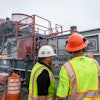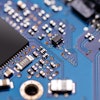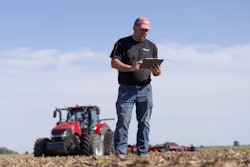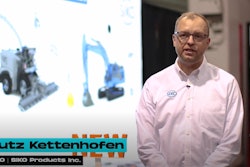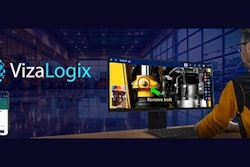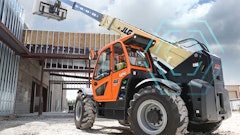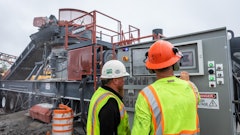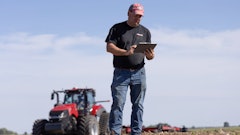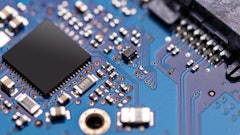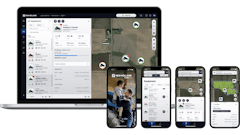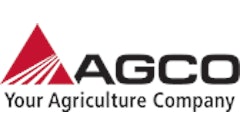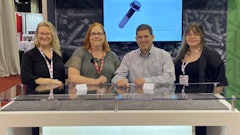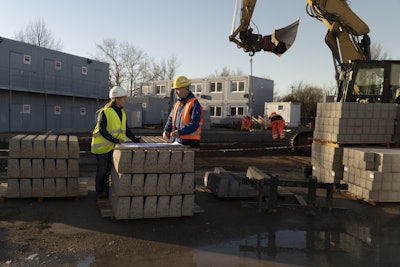
Heavy equipment has been a major driver of development around the world — providing more efficient food production, moving resources around the globe, uncovering raw resources from the earth, and much more. But as the pace has accelerated, these valuable machines have needed to evolve to running longer hours in more remote locations and in some cases, doing so more autonomously.
Software and electronics are the greatest boon to original equipment manufacturers (OEMs) developing off-highway equipment today by creating new revenue streams and saving on some of the development costs in the mechanical systems that previously drove buyer decisions. But just as with other industries going through similar transitions, creating software-defined products (SDPs) requires a new way forward. A digital way forward. By starting in the digital twin from day one, businesses can better communicate the system requirements with operators, collaborate with suppliers to get a properly integrated system in less time, and do so in a scalable framework to continue making great products for decades to come.
Maximizing Operation Performance
Manufacturing heavy equipment is a challenge in and of itself, with low volume production and high customization requirements. And end customers expect maximum uptime for these large investments. Depending on the application, heavy equipment can be expected to operate nearly 24 hours a day and seven days a week (24/7). Software plays a big role in making that a reality with the adoption of autonomy, semi-autonomy, and many other feature functions that can boost machine capacity or improve the operation comfort for operators. But delivering these software features successfully starts with integrating these requirements as early as possible in the digital twin.
The first benefit of a properly integrated software system is the ability to uncover and repair errors much more rapidly than in hardware. By creating development transparency in the digital twin of the product, OEMs can accelerate the development cycles and reduce overhead.
Another major benefit is that incorporating software-defined features in the drivetrain, or really any other system function, can provide a path to greater profitability for both manufacturers and operators. The inclusion of such software locks on performance does add an additional domain and impacts the complexity of the product, but it can reduce downstream complexity for OEMs by consolidating what might have previously been multiple products with different performance characteristics.
For the operators, the ability to upgrade their equipment through software for a few weeks, or even days at a time, can provide a significant benefit over purchasing a more expensive piece of machinery from the start. At the height of a harvest period, being able to collect more of the crop in the same amount of time can be extremely valuable, especially when the cost of ownership then can be lowered during slow periods. But for this to become common, the interaction with software needs to be intuitive and responsive to keep up with the high duty schedules of such valuable equipment. During development, software and hardware need to be understood as parts of a whole. Working from the comprehensive digital twin helps establish that connection across all domains from the start and extends it through the life of the product.
Understanding Multiple Levels of Reliability
Using an integrated development environment to deliver software features in heavy equipment is a great first step in creating an SDP. But the reliability requirements in this industry underline the importance of validating software updates before pushing them to the product in the field. While a bad update to a phone can be inconvenient, doing so for a business’ equipment can break functionality, trust, and even safety requirements. This is where simulation provides a high-value proposition for OEMs and their supplier network. Simulating how a software update will interact with hardware is why emulation tools like PAVE360 are so critical — providing an open platform approach to use models at different fidelities and connect specialized tools or external hardware to provide real-world context. Being able to test the interaction of planned electronics and software with context virtually before deploying is why digitalization is so important to successful SDP development.
Reliable software operation is perhaps the most tangible when discussing autonomous operation. Understanding how an integrated system will react without human intervention or oversight is invaluable during initial development, but it also can support continuous iteration over the lifetime of the equipment. When a new situation in the field is uncovered it can be added to the digital twin to provide greater context in the models.
How safety takes priority will be different across applications. An interrupt-based architecture ensures the safety of people around the equipment and the safety of the equipment itself. An error in an autonomous driving system might prompt a manual override from the operator, but an error in a tool might release to a failsafe position to avoid damage to the equipment. Understanding how these software systems interact is a large part of the complexity in developing a safe and successful SDP. A luxury feature like phone audio integration is nice for operators, but it is not critical to the operation of the equipment and can be deprioritized against the other software systems. Regardless of the example, digitalization is the key to providing transparency across the software stack and its integration with hardware systems.
 Testing equipment in the field helps refine understanding of the requirement and close the loop with design.Siemens
Testing equipment in the field helps refine understanding of the requirement and close the loop with design.Siemens
Creating More Durable Integrated Products
The longer operating lives of heavy equipment and often harsh conditions provide yet another layer of complexity for the development of SDPs. The electronics running the software need to be designed for these harsh environments. Some of that can be done with mechanical isolation in the product design — moving control boards away from areas of water and dust ingress or using conformal coatings to protect circuitry — but these decisions need to be weighed against the repairability and cost of these products that are often in the field for 30 years or more. Some OEMs might choose a path of redundancy, but that too can increase costs and weight by doubling the control boards and wiring. Here again, working virtually in the digital twin from the start can help designers understand the pros and cons of these decisions early on to find the optimal solution.
Mining applications are a perfect example of the need for durability in machinery, especially software-defined machinery. Equipment needs to run almost 24/7 to maximize the value of the mine, so the mechanical systems have to be extremely strong and durable to handle the severe environmental conditions and heavy loads. As some of the most dangerous and monotonous activities are automated, the software will need to be just as durable to prevent, for example, a failure from water or dust shorting a contact or knocking off an electrical component.
The reliance on software also means OEMs and operators need to understand the impacts of increased cosmic radiation at high elevations or from natural radioactive decay of the material being extracted from the earth. A stray nuclear particle can alter the memory state in electronics and, if not corrected, could have broad impacts to operation. Simulation and emulated testing virtually before deploying in the real world are critical to designing around these possibilities. Designers and suppliers across the value chain need to have access to the wider system requirements to build the best product they can the first time. Digitalization, including the comprehensive digital twin, integrations between PLM, CAD, ECAD, and other development tools make this a reality and help accelerate the process so that operators can focus on their expertise.

